What is the most painful joint replacement surgery in 2023
Introduction to Joint Replacement Surgeries
Joint replacement surgery is a common and highly effective treatment option for severe pain and functional limitations associated with a variety of joint disorders. This surgical procedure involves replacing a damaged joint with a prosthetic one, typically made of metal, plastic, or ceramic materials. The goal of joint replacement surgery is to alleviate pain, improve mobility, and enhance the quality of life for individuals suffering from debilitating joint conditions.
The most common types of joint replacement surgeries include hip, knee, and shoulder replacements. These surgeries are typically recommended when non-surgical treatments like physical therapy, medication, or lifestyle changes fail to provide relief. Each type of joint replacement surgery carries its own challenges and potential complications, but significant advancements have been made in recent years.
A decade ago, total shoulder replacement surgery was considered the most challenging and painful of these procedures, often leading to frustrating outcomes for patients. However, remarkable progress in surgical techniques and prosthetic technologies has improved the procedure significantly, reducing both the pain experienced during recovery and the overall recovery time. This progress has not only improved patient outcomes, but it has also made shoulder replacement a more accessible and successful option for those suffering from severe shoulder disorders.
On the other hand, knee replacement surgery has evolved in the opposite direction. While advancements have indeed been made, it has emerged as one of the more challenging and painful joint replacement surgeries. This has largely been driven by the complexity of the knee joint and the high demand placed on it by daily activities.
Total hip replacement surgeries have seen tremendous advancements. The development of the anterior approach and improvements in prosthetic design have resulted in faster recovery times and reduced pain during recovery. Consequently, fewer patients require outpatient physical therapy services following a hip replacement, reflecting the increased effectiveness of the surgery.
While joint replacement surgeries have seen significant progress over the years, it’s important to remember that each patient’s experience can vary greatly based on a number of factors, including their overall health, the severity of their joint condition, and their adherence to post-operative care and rehabilitation protocols. Therefore, it’s crucial for patients to discuss their options thoroughly with their healthcare provider before deciding on the best course of action.
Total Shoulder Replacement Surgery
Total shoulder replacement surgery, traditionally considered the most challenging and painful of all joint replacement surgeries, has undergone significant improvements over the past decade. This surgery involves replacing the damaged parts of the shoulder joint with artificial components to relieve pain and restore function.
The surgery was once deemed as the most challenging due to its technical complexities and the frustration often experienced by patients post-surgery. Patients traditionally had to deal with a slower recovery process and relatively higher pain levels compared to other joint replacements. However, advancements in surgical techniques and prosthetic design have notably improved these aspects, leading to better patient outcomes and making total shoulder replacement a more successful and viable option.
Today, despite the advancements, total shoulder replacement still comes with its challenges. The recovery process can be demanding, requiring dedicated physical therapy and adherence to prescribed post-operative protocols. Patients often need to go through a thorough physical therapy regimen to regain strength, range of motion, and function in the shoulder joint.
Although the recovery process has improved significantly over the years, it is important for patients to manage their expectations realistically. Each person’s recovery experience varies based on factors such as overall health, the severity of the joint condition, and the individual’s commitment to rehabilitation. However, with a good surgical team, proper post-operative care, and a disciplined approach to physical therapy, total shoulder replacement surgery can be a beneficial treatment option for severe shoulder conditions.
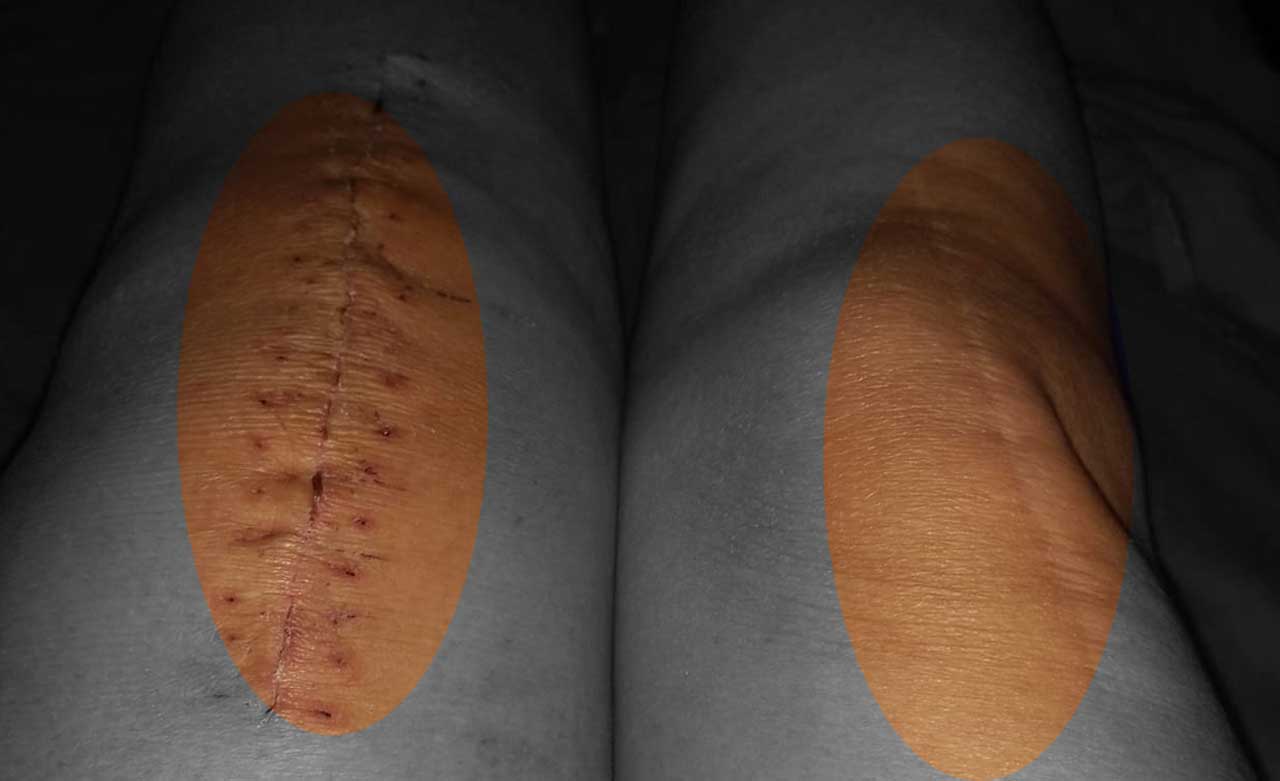
Total Knee Replacement Surgery
Total knee replacement surgery has emerged as one of the most challenging and often painful joint replacement surgeries. The procedure involves removing damaged cartilage and bone from the surface of the knee joint and replacing it with an artificial joint made of metal and plastic.
Despite considerable advancements in orthopedic medicine, the complexity of the knee joint and the high level of physical demand it handles daily have contributed to making this procedure a challenging one. For many patients, the recovery process is a significant commitment involving extensive physical therapy, adherence to post-operative care guidelines, and considerable patience.
In the initial two weeks following surgery, patients are typically focused on recovering from the immediate impact of the surgery. This phase can include dealing with anemia, dizziness, nausea, and quick fatigue as the body recovers from the trauma of the procedure.
By the third and fourth weeks, patients usually start feeling the benefits of the procedure. They might transition off of a walker and begin to see improvements in range of motion, often achieving 90 degrees of flexion and full extension. This is not universal, however, and can vary significantly depending on individual factors.
From the fifth week onwards, patients often make significant gains and may even find themselves better off than they were before the surgery. However, total knee replacement surgeries often require a comprehensive 10-12 week treatment program. Most patients are discharged from therapy between this time frame, with many returning to recreational sports and activities by week 23 or 24.
However, it’s important to remember that these timelines are averages and can vary significantly depending on individual factors. Age, pre-surgery activity levels, overall health, and commitment to rehabilitation can all influence the speed and effectiveness of recovery. As with all surgeries, patients need to understand that they are on their unique journey of recovery.
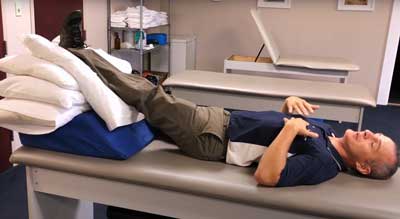
Total Hip Replacement Surgery
Total hip replacement surgery, once a complex and challenging procedure, has seen tremendous advancements in recent years, resulting in faster recovery times and reduced pain during recovery. This procedure involves replacing the damaged hip joint with a prosthetic implant to restore mobility and alleviate pain.
One of the significant advancements in hip replacement surgery has been the introduction of the anterior approach. This surgical technique allows the surgeon to reach the hip joint from the front of the body rather than the side or back, which were common in traditional approaches. The anterior approach has several advantages. It allows the surgeon to work between the muscles without detaching them from the hip or thighbones, keeping the muscles intact. This is often referred to as a ‘muscle-sparing’ technique.
Muscle-sparing techniques such as the anterior approach are less invasive, reducing post-operative pain and facilitating a quicker recovery process. This is because the surgery doesn’t disturb the major muscles, which results in less muscle trauma, less post-operative pain, and a faster return to normal activities.
Due to these advancements, total hip replacements have become remarkably efficient. Many patients are able to get up and walk the same day of their surgery, and the need for outpatient physical therapy services after a total hip replacement has decreased significantly. Today, the total hip replacement procedure has become so refined and effective that I only receive a handful of total hip replacement referrals for physical therapy in a year.
Despite these advancements, it’s important to remember that each patient’s experience with total hip replacement surgery can still vary greatly. Individual health, the severity of the joint condition, and the patient’s commitment to post-operative care and rehabilitation can all influence the speed and effectiveness of recovery.
Conclusion: Every Recovery Journey is Unique
When it comes to joint replacement surgeries, it’s clear that significant advancements have been made in recent years. This progress has led to improved surgical procedures and post-operative recovery protocols, enhancing patient outcomes significantly. However, it’s important to remember that every patient’s experience and recovery journey will be unique due to various factors.
Consider the following points:
- Individual health: The patient’s overall health status can greatly impact the speed and effectiveness of recovery. A healthier individual is likely to recover faster than someone with multiple health issues.
- Severity of joint condition: The severity of the joint condition can influence the outcome of the surgery and the subsequent recovery process. More severe conditions may require a more extensive recovery period.
- Pre-surgery activity levels: Patients who were more active before surgery often have better strength and conditioning, which can aid in the recovery process.
- Commitment to rehabilitation: A patient’s commitment to their rehabilitation program can significantly impact their recovery speed and the overall success of the surgery. A disciplined approach to physical therapy and adherence to post-operative care guidelines are crucial to achieving the best possible outcomes.
Given these factors, it’s essential to avoid comparing your recovery journey to others’. What might work well for one person could be different for another, and it’s normal for recovery timelines and experiences to vary widely. While it’s beneficial to seek advice and hear about others’ experiences, remember that you’re on your own unique path.
In the end, the goal of any joint replacement surgery is to improve your quality of life by alleviating pain and improving mobility. With the right care, support, and a positive mindset, you can navigate the challenges of recovery and enjoy the benefits of your new joint.
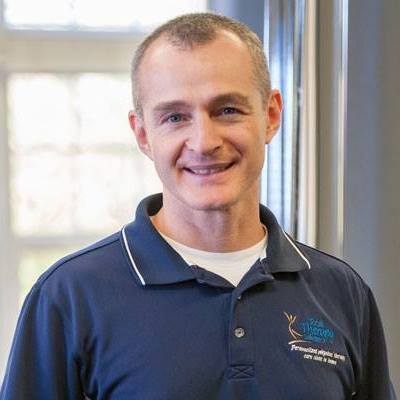
Anthony Maritato, PT
Physical Therapist
Anthony Maritato, PT has been a licensed physical therapist and private practice owner since 2006. Ohio license #PT011602.
Anthony has been passionate about helping patients recover from total knee replacement surgery as well as rotator cuff repair surgery.
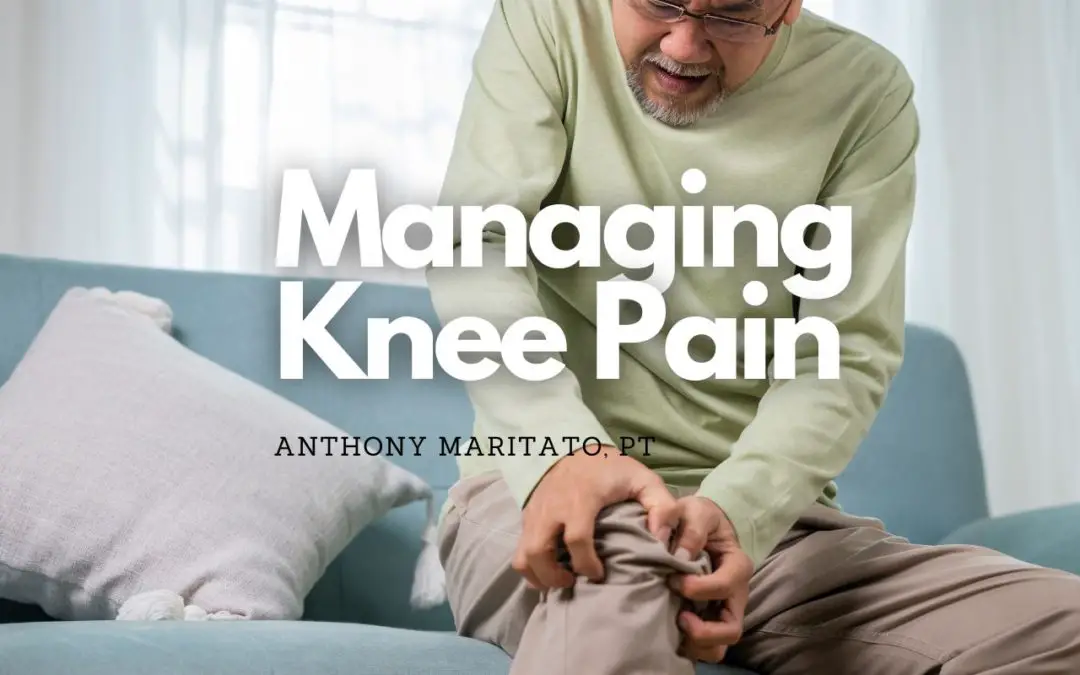
Managing Pain After Total Knee Replacement
Introduction to Managing Pain After a Knee Replacement Undergoing a total knee replacement is a significant medical procedure that can dramatically improve your quality of life. However, the journey to full recovery involves navigating through various challenges, one...

Total Knee Replacement Pain at Night
What to Expect Explore our comprehensive guide on managing 'Total Knee Replacement Pain at Night.' Learn about the causes of night pain, effective pain management strategies, best sleeping positions, and more. This article provides practical advice to help individuals...
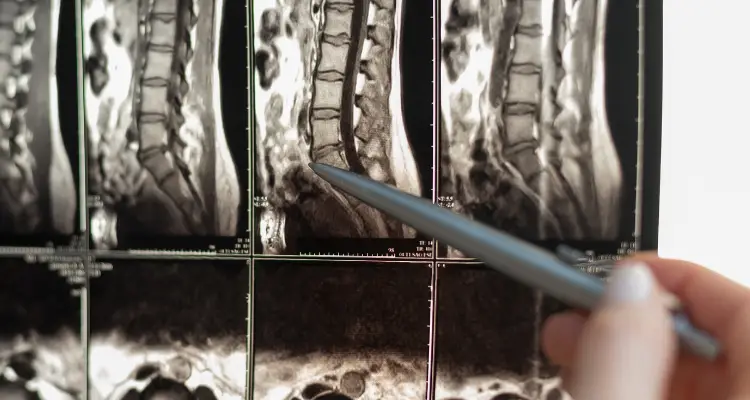
Overview of Spinal Stenosis
Table of Contents What is spinal stenosis What are the symptoms of spinal stenosis How is spinal stenosis diagnosed What are the different types of treatment for spinal stenosis Where to find more information 1. What is spinal stenosis Spinal stenosis is a condition...

Spinal Stenosis Exercises to Avoid: During Knee Replacement Recovery
Spinal stenosis is relatively common among adults having a total knee replacement surgery. While spinal stenosis doesn't always impact total knee replacement recovery, when it does, it can be frustrating. Before I specialized in treating patients after a total knee...

Ride a Peloton After Knee Replacement Surgery
Table of Contents When can I return to riding my Peloton bike at home after a total knee replacement? Is a Peloton bike good physical therapy after a total knee replacement surgery? Will riding my Peloton too much wear out my new knee? How often should I ride my...
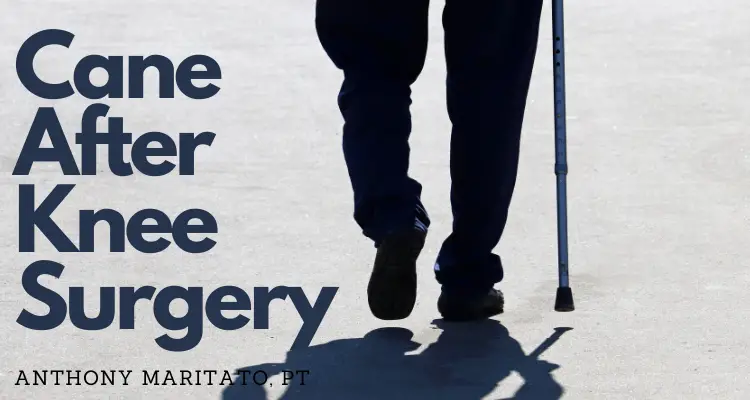
How to Use a Cane After Knee Surgery
Table of Contents Understanding the Purpose of Using a Cane after Knee Surgery How to Properly Use a Cane after Knee Surgery Common Mistakes to Avoid When Using a Cane Transitioning from a Walker to a Cane: When and How? Understanding the Purpose of Using a Cane after...
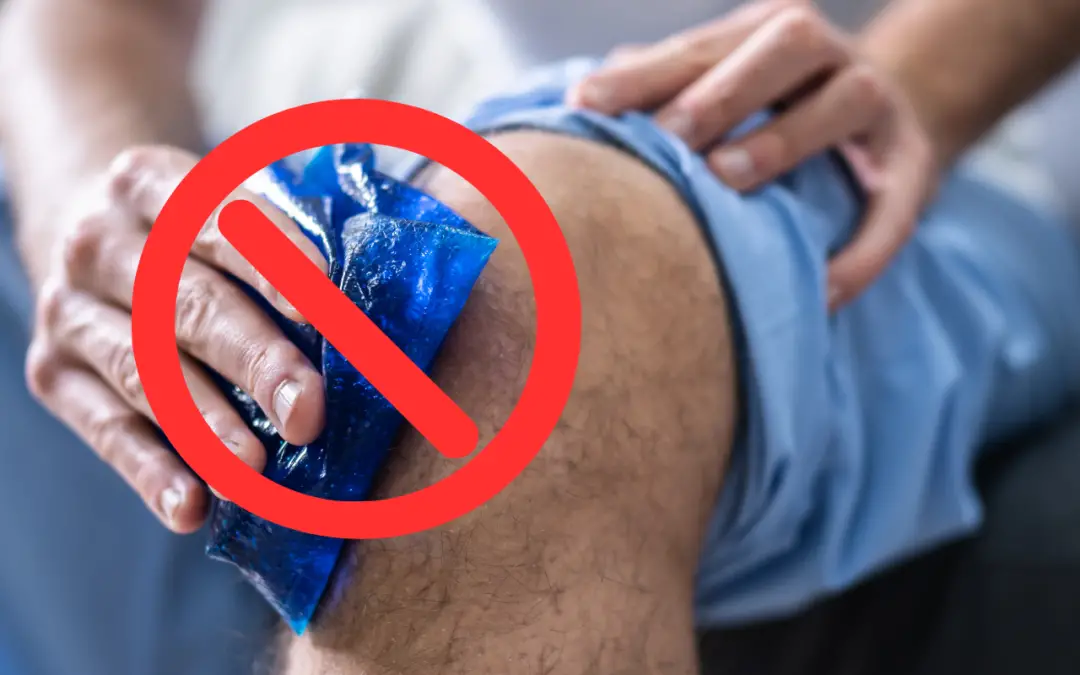
Ice Machine for Knee Surgery
Table of Contents Benefits of Using an Ice Machine After Knee Surgery How an Ice Machine Works Top Ice Machines for Knee Surgery Recovery How to Use an Ice Machine After Knee Surgery Where to Buy an Ice Machine and What to Consider Benefits of Using an Ice Machine...

Walking Your Dog After Knee Replacement Surgery: A Timeline for Recovery
Table of Contents Introduction Walking Your Dog After Knee Replacement Safety Considerations and Precautions Conclusion Introduction Hello, fellow dog lovers and knee replacement warriors! I'm Anthony Maritato, a licensed physical therapist specializing in post-total...

Top 5 Mistakes After Knee Replacement
In this article I will share my experience as a physical therapist and personal trainer of more than 22 years treating patients after total knee replacement surgery. I have seen patients who made every mistake possible and still had a great outcome following this...

Disadvantages of Knee Replacement Surgery
Table of Contents Introduction Pain Time Lost Cost Stress Post Surgical Risk or Complications Conclusion Introduction When considering treatment options for severe knee arthritis, one commonly considered intervention is knee replacement surgery. Despite its high...
